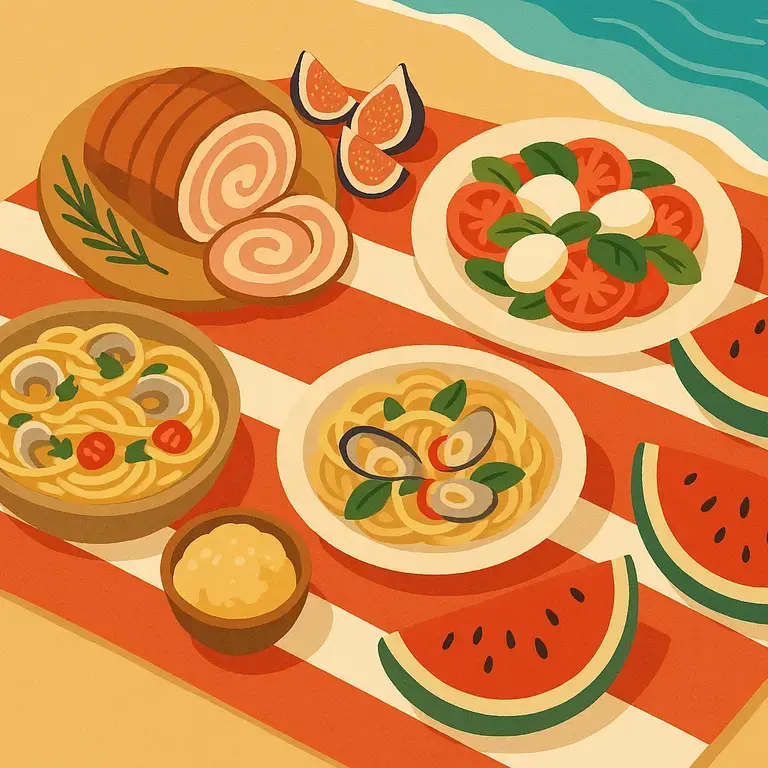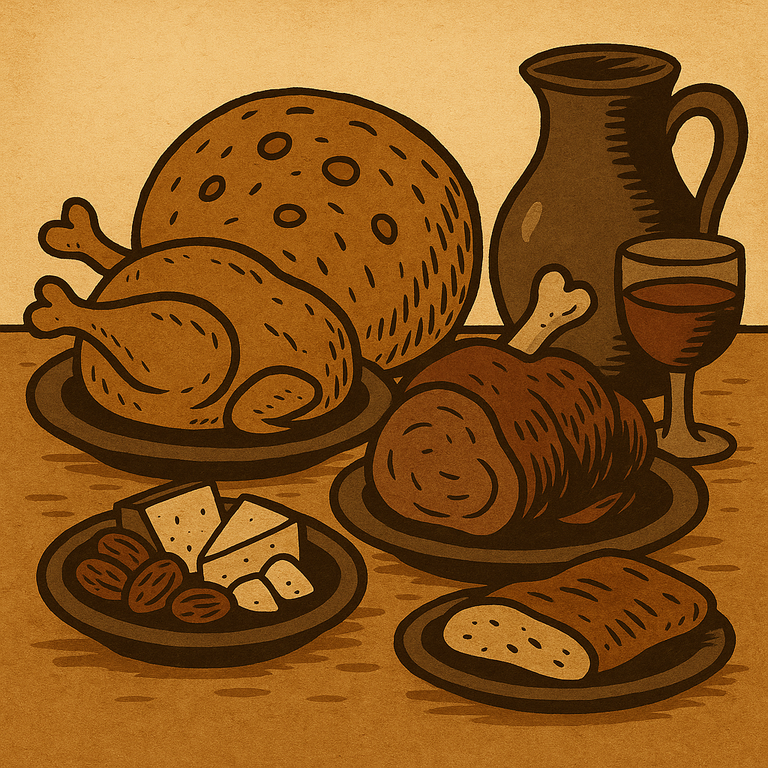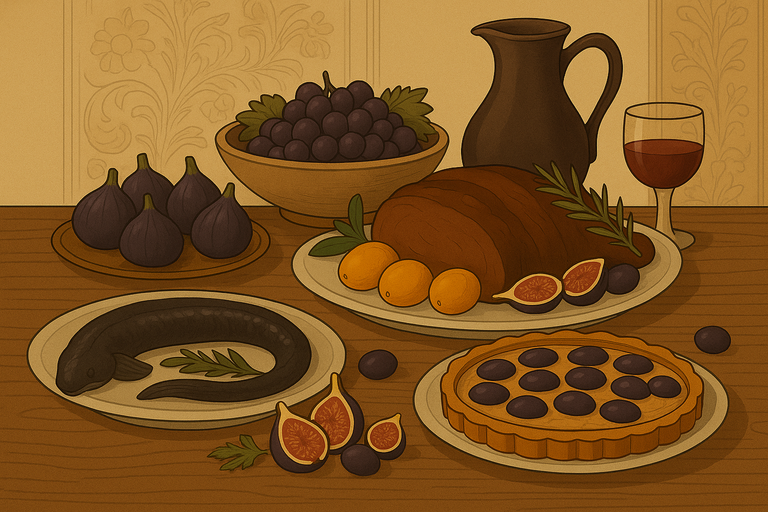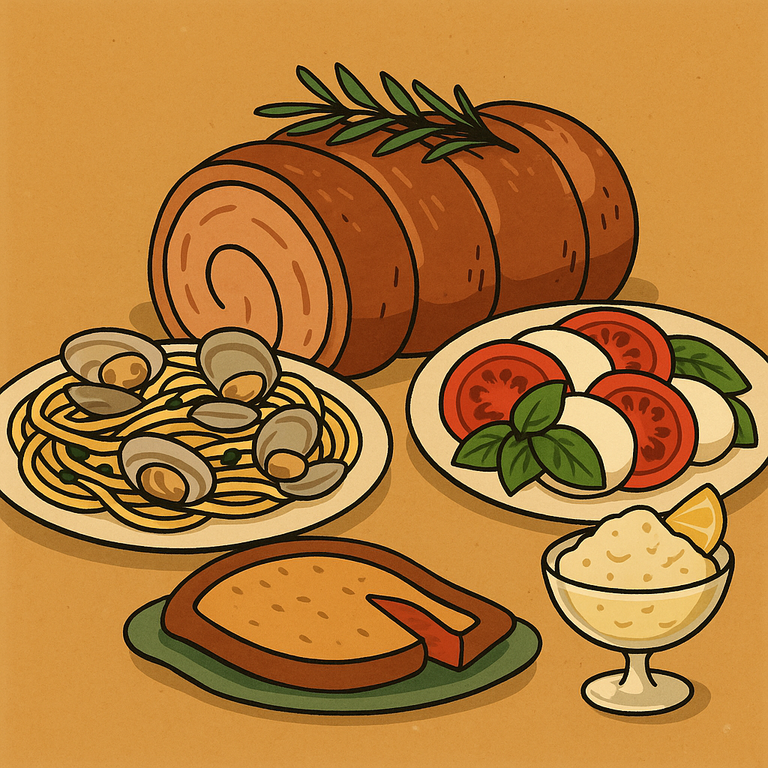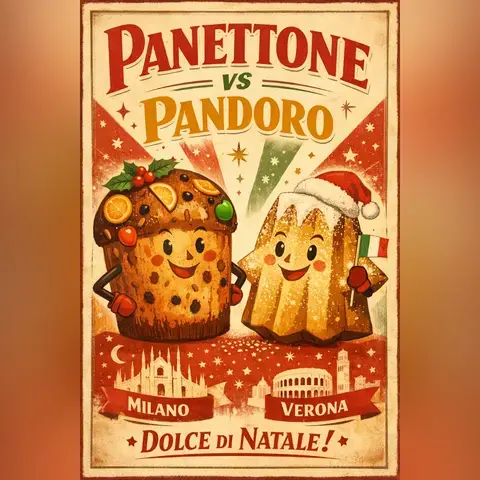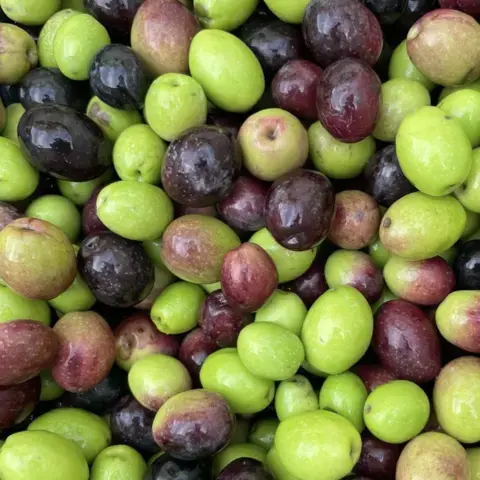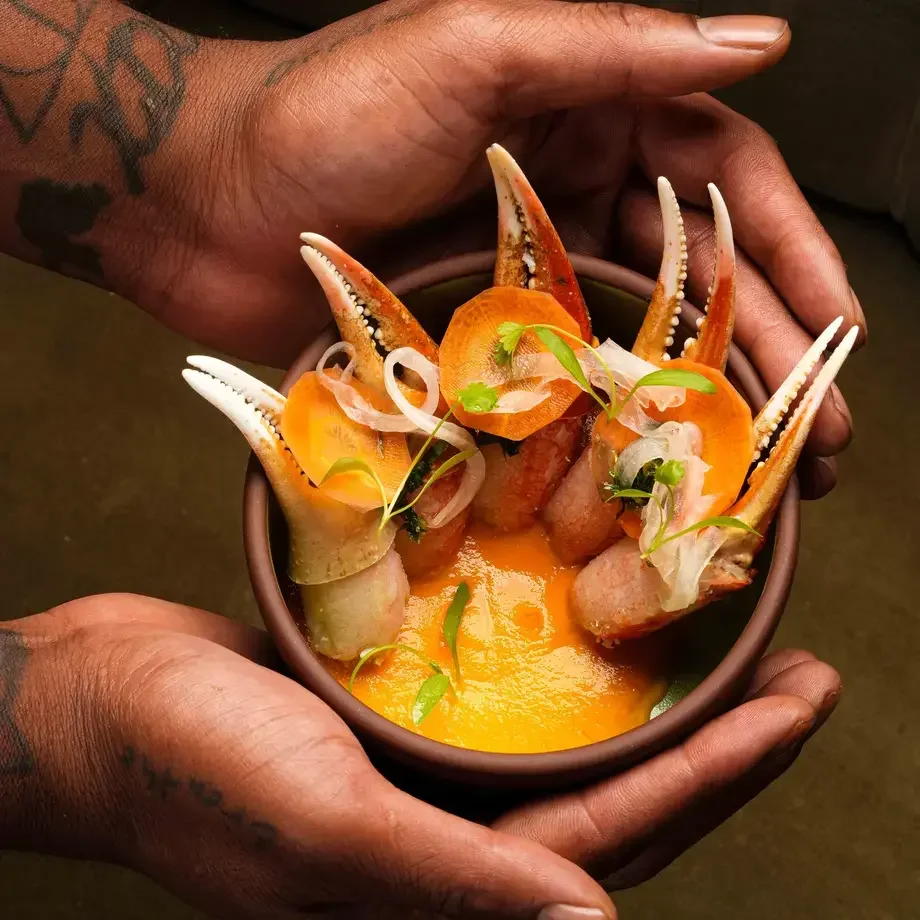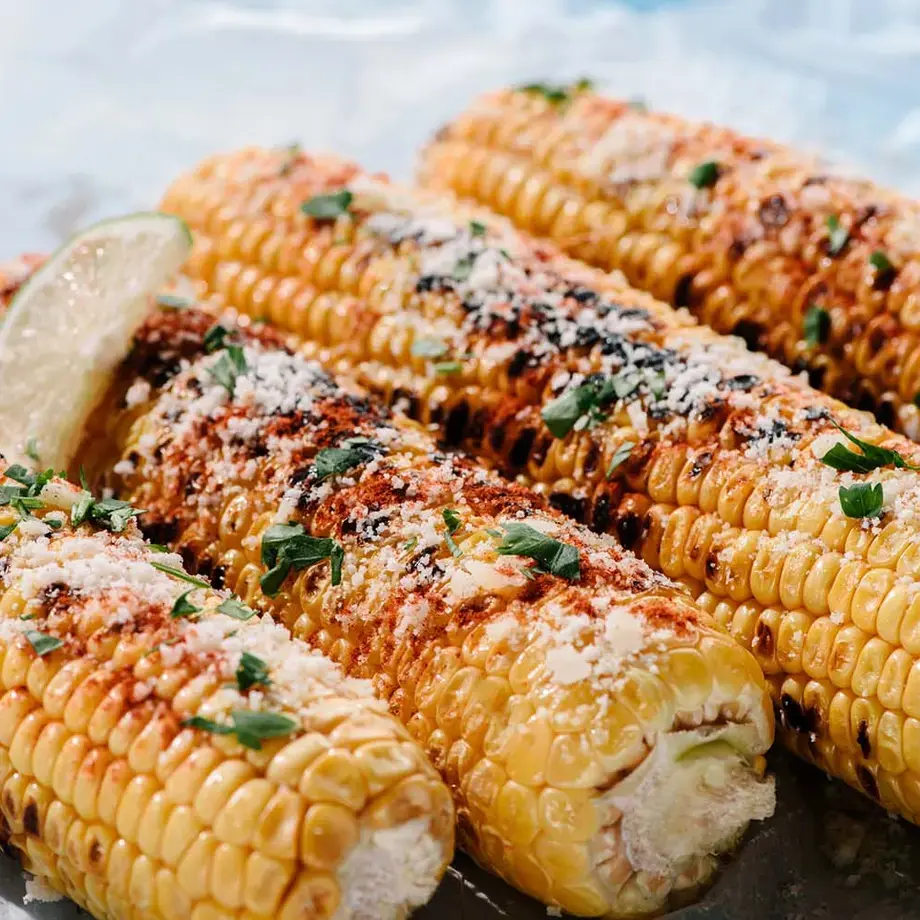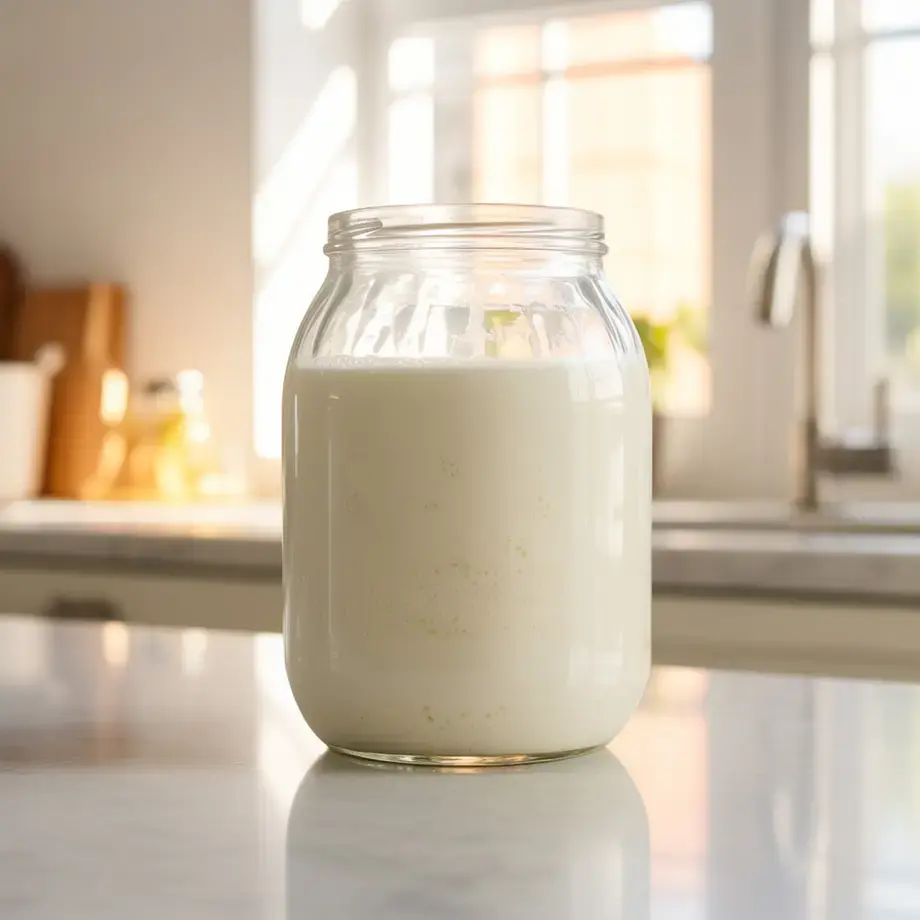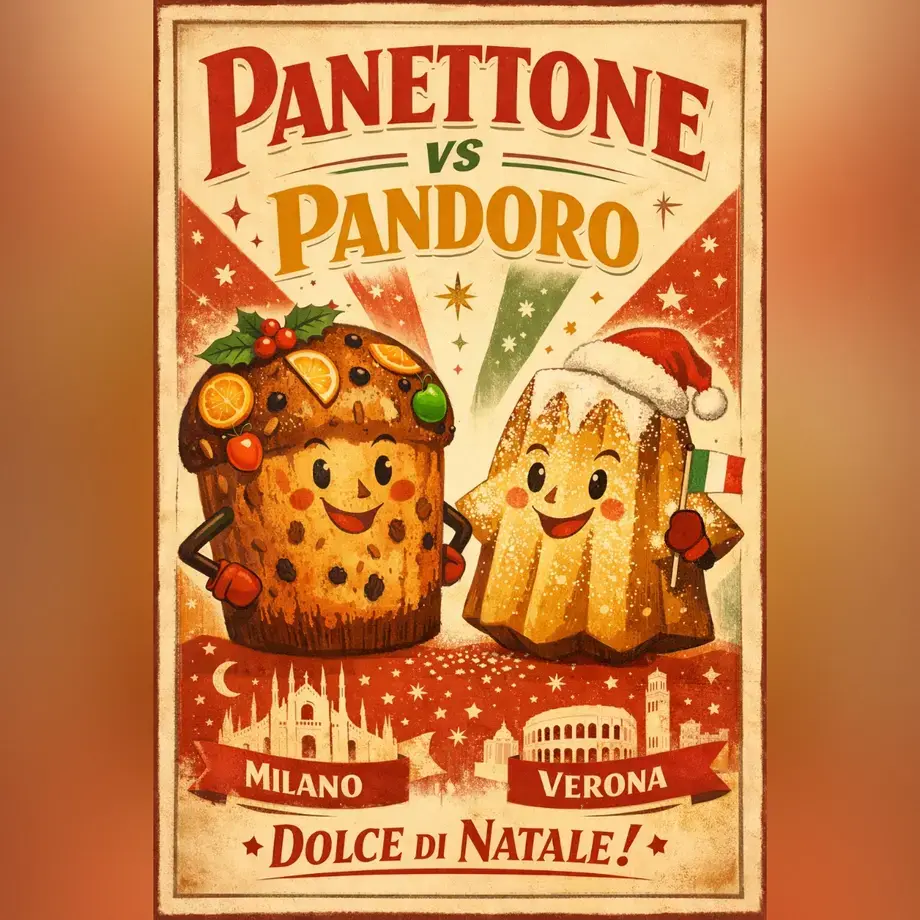In Italy, mid-August marks one of the country’s most beloved traditions: Ferragosto—a day steeped in history, celebration, and, most importantly, food. First established in 18 BCE by Emperor Augustus as Feriae Augusti (“Augustus’ rest”), the holiday was originally observed on August 1 to give laborers a well-earned pause after the harvest. Centuries later, the Catholic Church shifted the date to August 15, merging it with the Feast of the Assumption of Mary to create one grand summer holiday.
Traditionally, Ferragosto tables groaned under the weight of summer’s bounty—platters of roasted game, bowls of sun-ripened fruit, and recipes designed to celebrate the year’s most generous harvest. As regional cuisines took shape over the centuries, those feasts evolved, weaving local ingredients and traditions into the holiday’s enduring menu.
Today, Ferragosto remains a vibrant celebration of Italian culture, with each region offering its own take on the holiday’s culinary heritage. From the sweet treats of Sicily to the hearty dishes of Tuscany, the foods of Ferragosto tell the story of Italy’s diverse and rich gastronomic history.
Below, explore how Ferragosto’s food traditions have evolved through the centuries, shaped by time, culture, and region.
